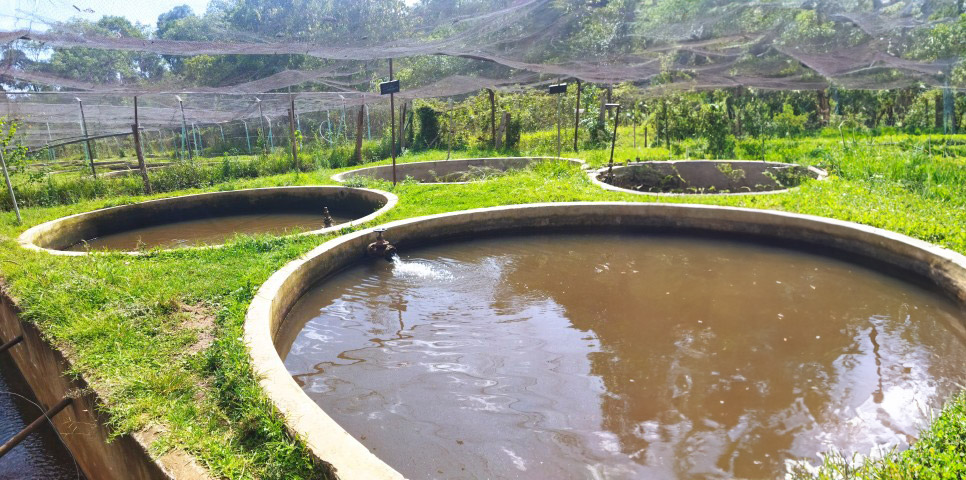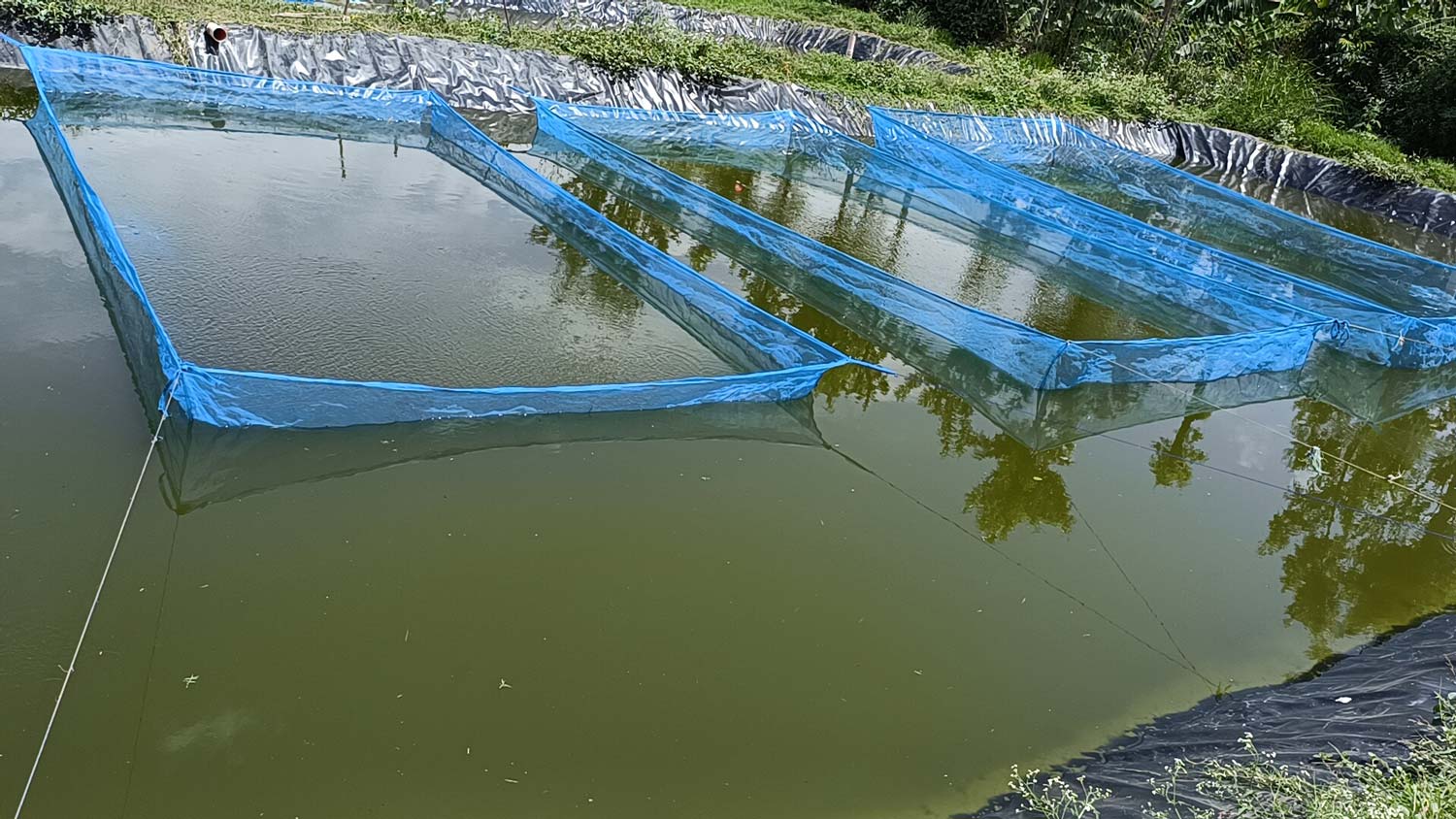While we often hear about the negative effects of aquaculture, such as its environmental impact, the industry offers significant benefits to both the environment and local communities. For decades, aquaculture has provided essential resources like food, employment, and efforts to restore endangered species.
As the fastest-growing food production sector, aquaculture brings substantial value. In this article, we’ll explore the economic and social benefits of aquaculture, highlighting why more businesses are investing in sustainable practices. By the end, you’ll understand why the advantages of aquaculture far outweigh the challenges.
Economic Benefits of Aquaculture
As of 2020, aquaculture and fisheries provided income to approximately 58.5 million people worldwide, with 25% being women. Aquaculture creates job opportunities across various sectors, from full-time and part-time work to casual employment. It plays a vital role in reducing unemployment, especially for women and youth.
People in aquaculture communities find work on farms, in feed manufacturing, and in selling farm supplies like pesticides and equipment. Whether directly on the farm or through supporting industries, aquaculture offers a reliable source of income.
These jobs help economically empower local communities, leading to regional economic growth. As prosperity rises, it attracts further investment, creating a cycle of development and financial stability for the area.
Social Benefits of Aquaculture
Aquaculture provides communities with access to protein-rich fish and other aquatic animals, contributing to better health and reducing malnutrition. A well-nourished community is a productive community, able to thrive socially and economically.
By creating jobs, aquaculture improves social status and lowers poverty rates. Parents in aquaculture communities can afford better education, healthcare, and housing for their families, improving the overall quality of life.
Moreover, aquaculture helps combat social vices such as crime and drug abuse, particularly among the youth. With job opportunities on farms or at markets, young people stay engaged, learn valuable skills, and avoid the pitfalls of idleness. They can even participate in recreational activities like learning to fish, further boosting community morale.
Aquaculture also drives infrastructure development. As the industry grows, it attracts investors, leading to better roads, electricity, and other essential services. The influx of workers prompts the building of schools, hospitals, and government institutions, bringing much-needed resources closer to the community.
In a nutshell, aquaculture doesn’t have to be destructive. In fact, it offers immense potential for positive change. The global demand for seafood continues to rise, and sustainable aquaculture practices are crucial to meeting that demand without depleting our oceans or endangering marine species.




